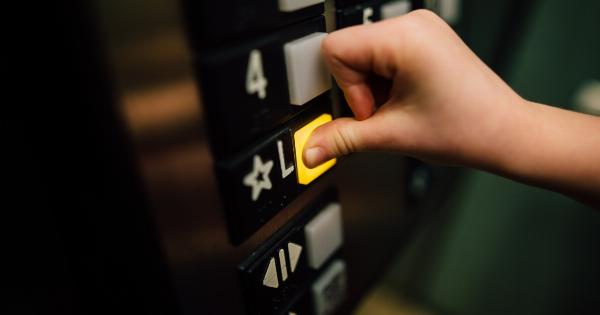Gastric rings have become a popular therapy for the treatment of obesity. This non-surgical option works by placing an inflatable band around the stomach to reduce its size and restrict the amount of food that a person can consume.
However, despite the potential benefits, gastric rings are not always successful in treating obesity. In this article, we’ll explore the science behind gastric ring failure and what factors play a role in its effectiveness.
How Gastric Rings Work
The gastric ring, also known as a lap band, is a medical device that is designed to be placed around the stomach, effectively creating a smaller, pouch-like section at the top of the stomach.
The goal is to restrict the amount of food that can be consumed; when the stomach is full and stretched, signals are sent to the brain indicating that it is time to stop eating. With a smaller stomach, less food is needed to create these signals and feelings of fullness.
The gastric ring works by way of a tiny balloon that is located within the band, which is connected to a thin tube that runs under the skin to a port, which is placed in the abdominal wall.
By inflating or deflating the balloon, the surgeon can adjust the size of the band, which in turn determines the degree of restriction on the stomach.
Factors That Affect Gastric Ring Success
While the lap band can be an effective treatment for obesity, it is not a guarantee. Several factors can contribute to its success or failure.
Level of Obesity
The degree of obesity can play a significant role in the success of the gastric ring. Patients who are severely obese, with a body mass index (BMI) of 40 or higher, may have difficulty losing significant weight with solely the lap band.
In addition, those with BMI levels over 50 may experience additional complications with the placement of the band.
Compliance with Diet and Exercise
A gastric ring is not a standalone solution to obesity. It requires a comprehensive treatment plan, which includes following a healthy diet and engaging in regular exercise.
Patients who are non-compliant with these requirements are less likely to experience the desired weight loss outcomes with a lap band.
Psychological Factors
Psychological factors can also play a role in the success of the gastric ring. Patients who struggle with emotional eating or binge-eating disorders may not be able to effectively control their eating habits with the lap band alone.
In addition, patients must have a realistic expectation of the weight loss that can be achieved with the gastric ring, as rapid or dramatic weight loss is not typically achieved with this treatment.
Surgical Technique
The surgeon’s skill and experience in placing the lap band can also impact its success. Proper placement of the band is essential for optimal weight loss outcomes.
In addition, adjustments to the band must be made correctly, as incorrect adjustments can lead to complications and less effective weight loss outcomes.
Complications of the Gastric Ring
While the gastric ring has been found to be a relatively safe and effective therapy for obesity, complications can arise.
Movement of the Band
The band can shift or move slightly, which can cause discomfort and interfere with the intended restriction of food intake. In some cases, the band may require repositioning or removal.
Slippage of the Band
In some cases, the gastric ring can slip, causing an obstruction in the stomach or creating a bulge above the band. This can also lead to vomiting, nausea, and other digestive discomforts.
Infections Around the Port Site
The port site can become infected, leading to pain, inflammation, and redness around the area. In some cases, the port may need to be removed due to infection.
Other Complications
Other potential complications of the gastric ring include pouch dilation, esophageal reflux, and erosion of the band into the stomach. These are less common, but can still occur.
Conclusion
The gastric ring can be an effective treatment option for obesity, but its success depends on several factors, including patient compliance, surgeon skill, and the degree of obesity.
While complications can arise, the lap band remains a relatively safe and minimally invasive option for weight loss therapy.
























